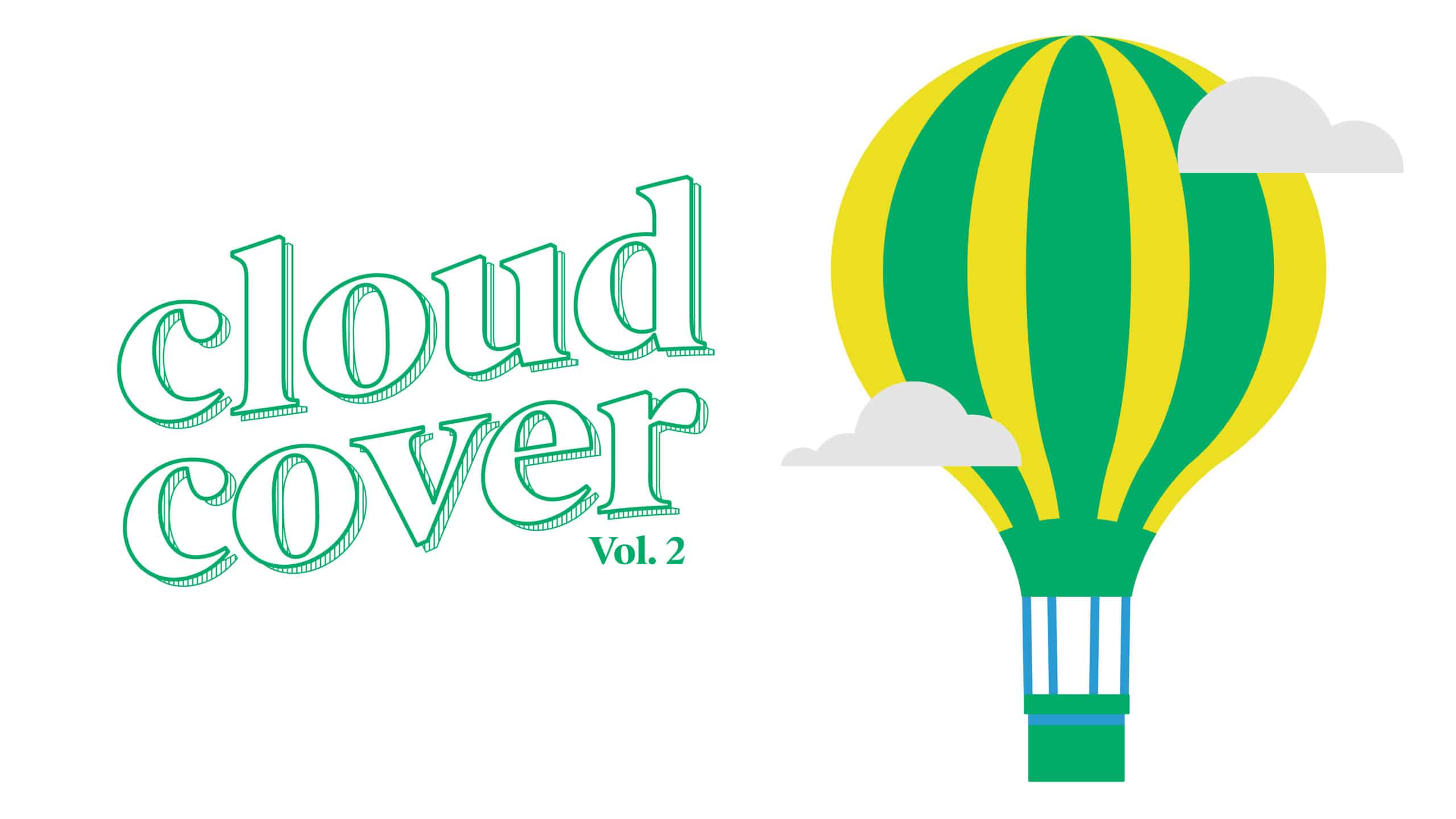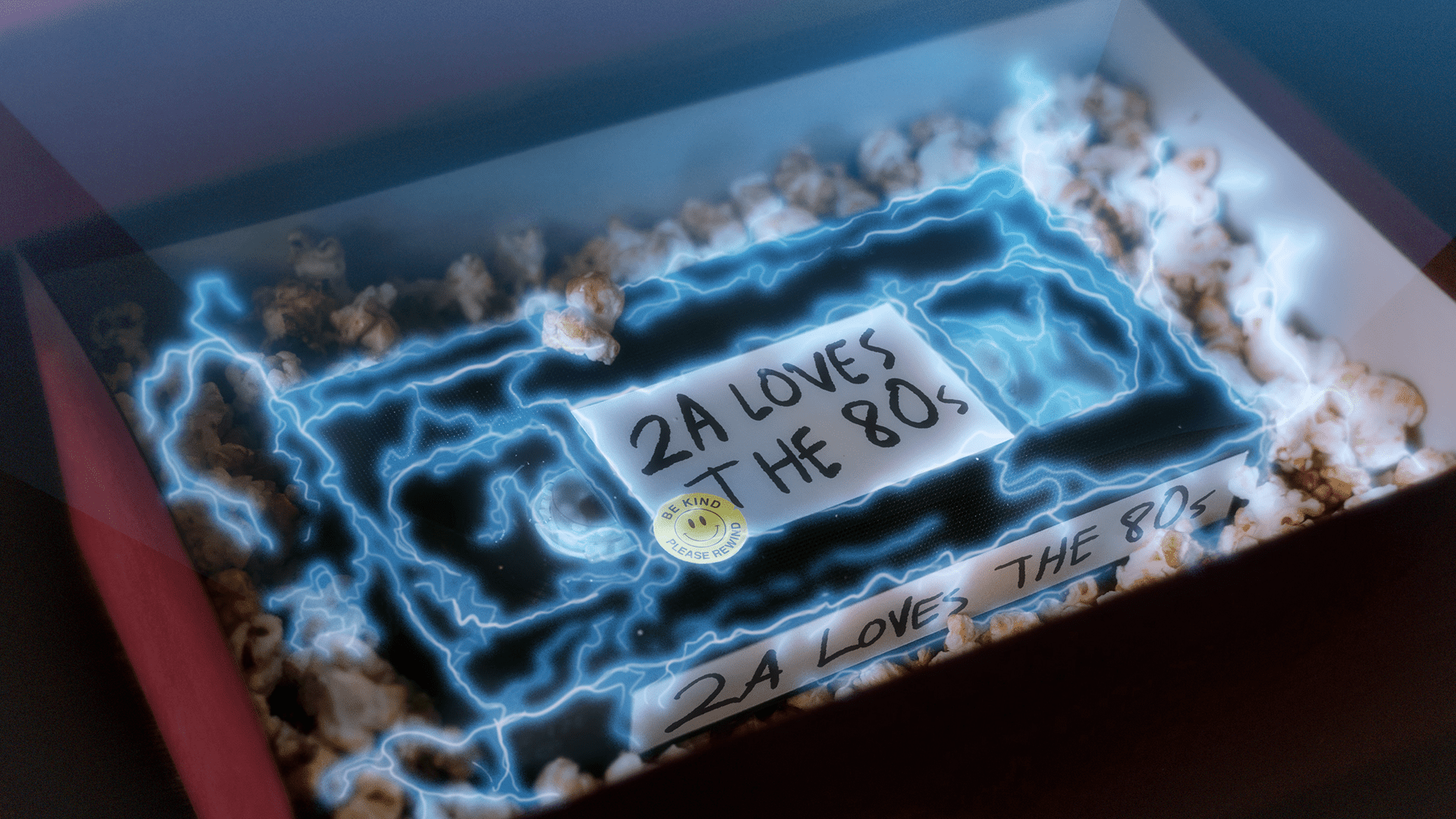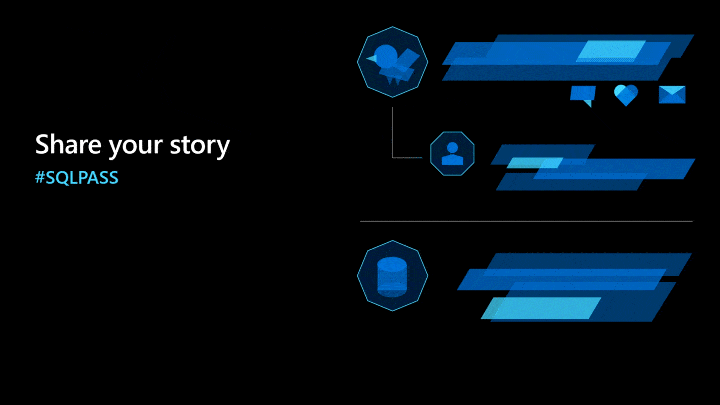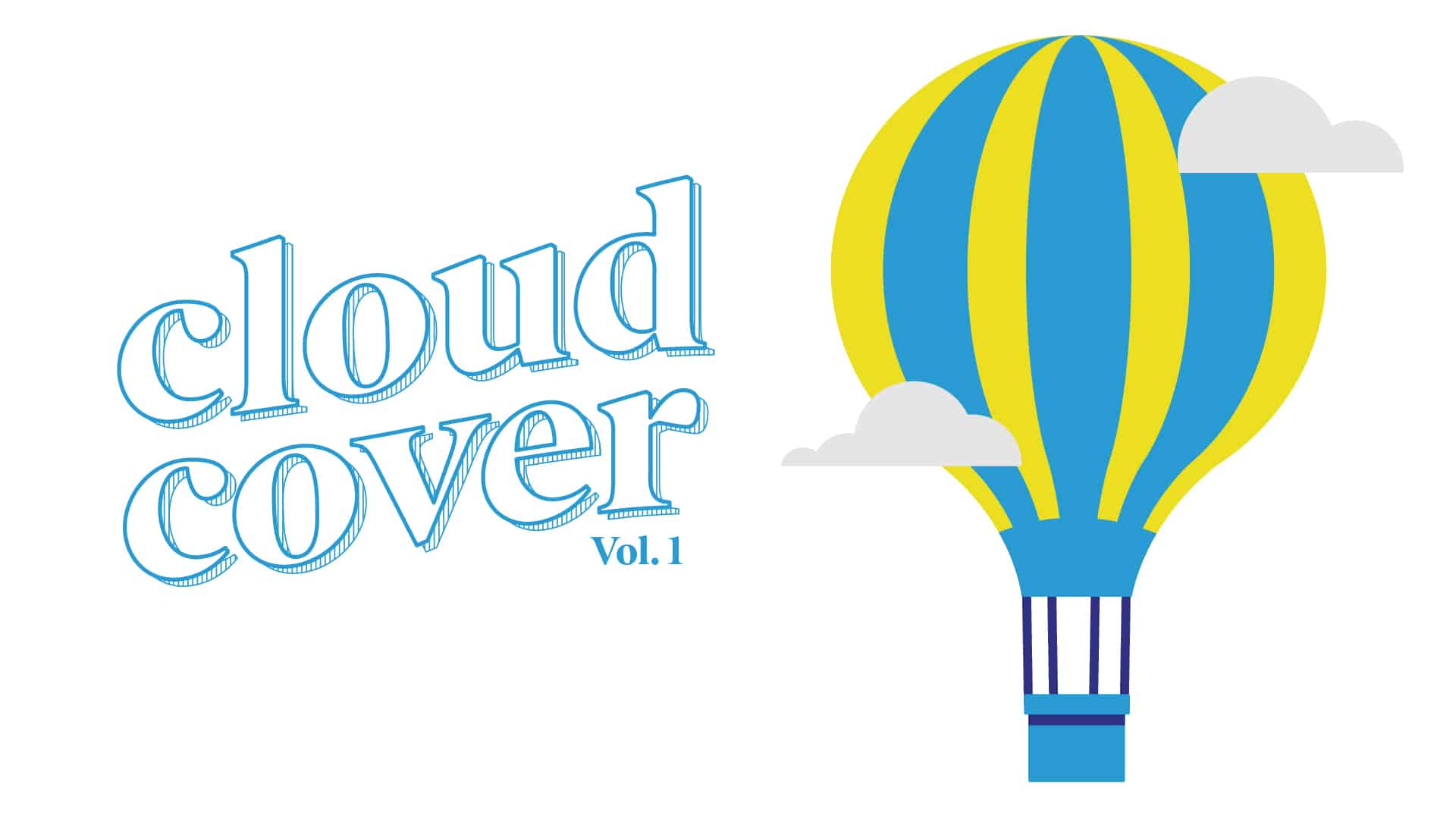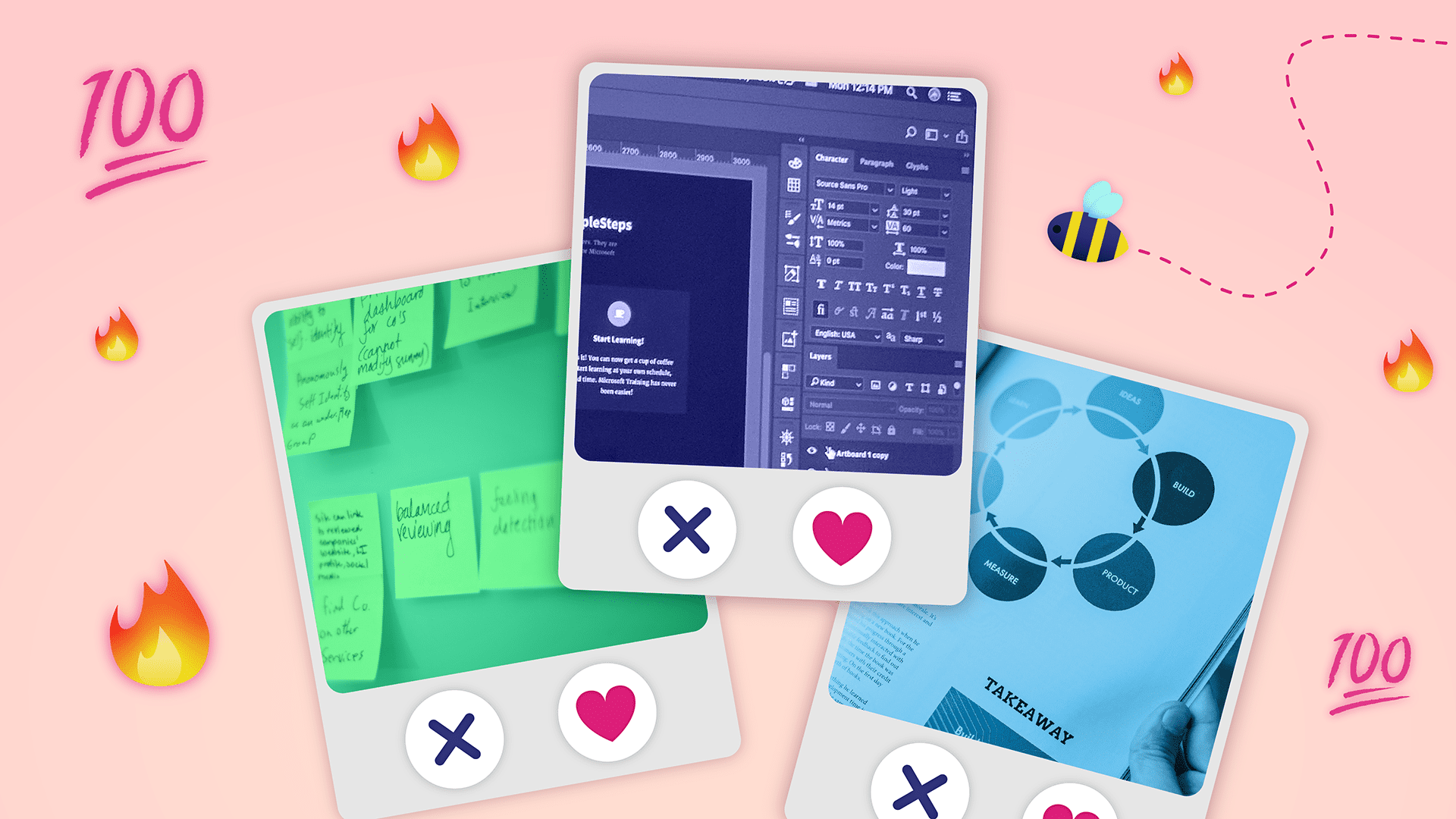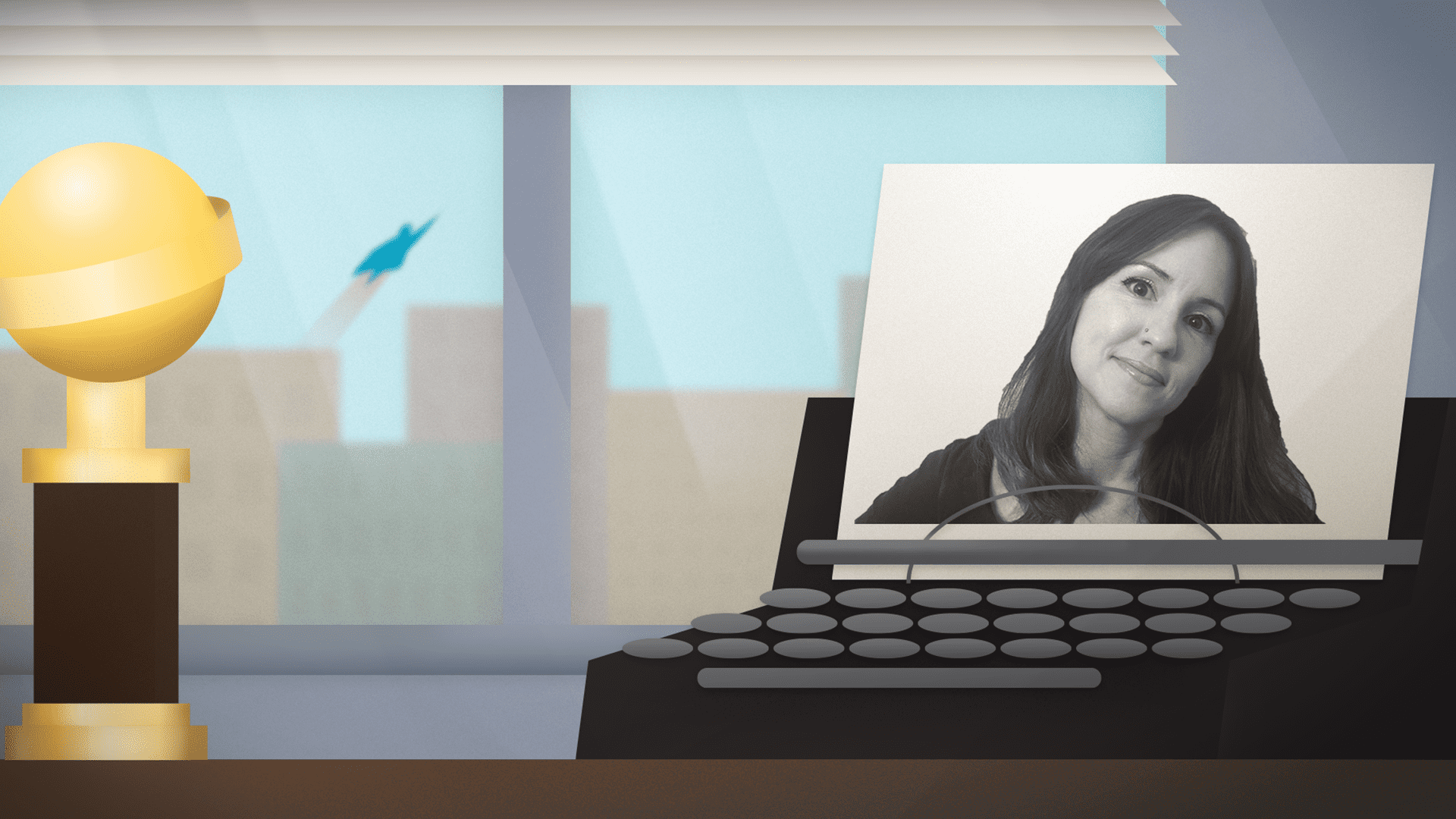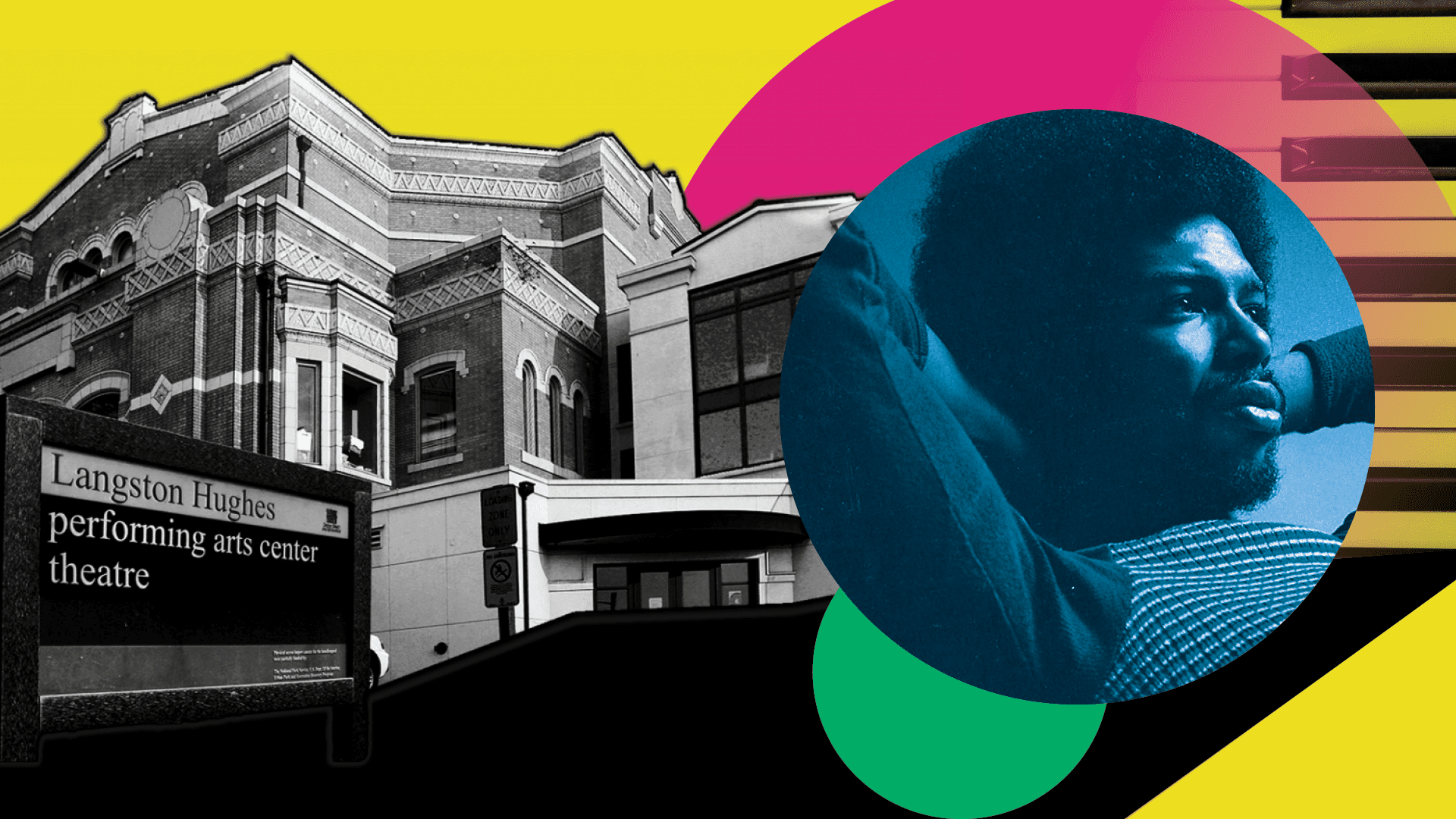
Image by Suzanne Calkins
Hiring for short-term roles can be tricky. Especially now that the labor market is cooling off, candidates are warier about taking on short contracts knowing they’ll be back on the (possibly less favorable) job market soon.
Luckily, we’ve learned a thing or two over the years from sourcing talented embedded consultants for our clients’ short-term roles, ranging from parental leave coverage to quick-turn projects. Whether you’re working with an agency or not, these tips can help you land a stellar hire that can make a major impact on a reduced timeline.
- Write a clear and realistic scope of work
When a role’s timeline is limited, the position’s responsibilities and goals must be tightly defined. A clear scope will not only set engagements up for success, but also help attract a strong candidate pool. Candidates (especially the most experienced ones) will sniff out an ill-defined or unrealistic scope from miles away—and might withdraw from the interview process or not apply in the first place. Sharing a clear scope of work in the job description and during interviews will assure candidates that they can be successful in the role and deliver the results you expect.
- Know what skills and experience are essential—and how that aligns with your budget and resources
We find that candidates interested in short-term roles often fall into two camps. Either they’re experts with a long track record of completing the role’s responsibilities, or they’re early in their careers and eager to ramp up their skills quickly in a fast-paced environment. The experts tend to hit the ground running but come at a high price point (understandably so). Meanwhile, the newer folks generally need more support and sometimes need a reduced project scope. However, their overall rate is less.
Ask yourself what skills and experience are truly necessary for the role and whether you have the budget and support to set them up for success.
- Decide on an interview process and proceed quickly
Before getting started, decide how many interview rounds there will be and who will join from your team. Sharing these steps upfront with candidates will show that your team is organized and ready to bring them on.
Keeping the interview process rolling along will reduce the risk that you lose your dream candidate to another opportunity. With candidates often interviewing for multiple roles, moving quickly will give you an advantage.
If you’ve got a short-term role to fill, we’ve got your back. Reach out to learn more!

